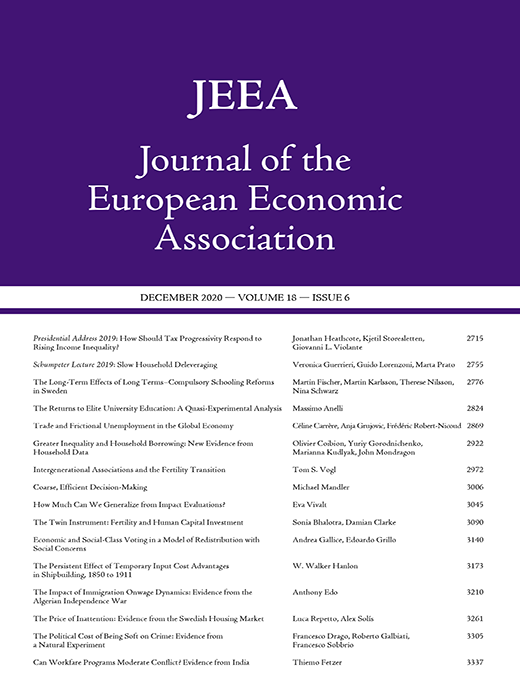
Intellectual Property Rights Policy, Competition and Innovation
To what extent and in what form should the intellectual property rights (IPR) of innovators be protected? Should a company with a large technology lead over its rivals receive the same IPR protection as a company with a more limited advantage? In this paper, we develop a dynamic framework for the study of the interactions between IPR and competition, in particular to understand the impact of such policies on future incentives. The economy consists of many industries and firms engaged in cumulative (step-by-step) innovation. IPR policy regulates whether followers in an industry can copy the technology of the leader. We prove the existence of a steady-state equilibrium and characterize some of its properties. We then quantitatively investigate the implications of different types of IPR policy on the equilibrium growth rate and welfare. The most important result from this exercise is that full patent protection is not optimal; instead, optimal policy involves state-dependent IPR protection, providing greater protection to technology leaders that are further ahead than those that are close to their followers. This is because of a trickle-down effect: providing greater protection to firms that are further ahead of their followers than a certain threshold increases the R&D incentives also for all technology leaders that are less advanced than this threshold.





